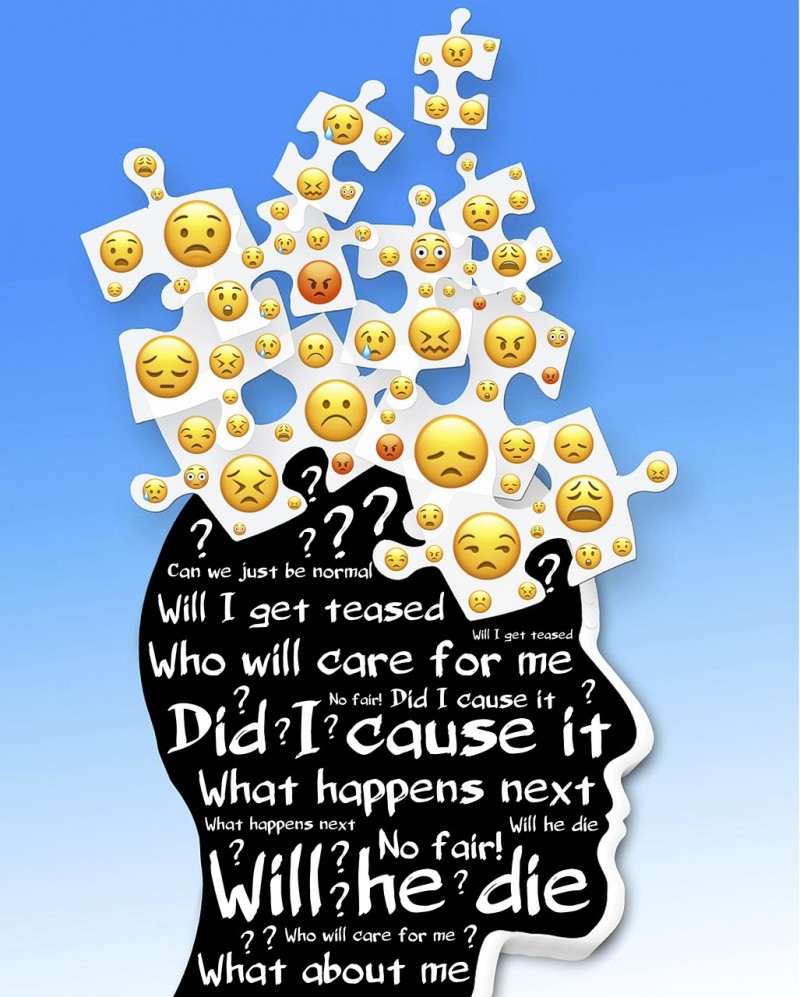No stroke is the same, and the impact on stroke survivors and their families/care givers can be devastating and multifaceted. Apart from body functions, stroke also affects everyday activities, not just of the stroke survivor but everyone around him. How these consequences influence the stroke survivor and his environment greatly depends on the rehabilitation after stroke. One third of stroke survivors walks out of the hospital with no consequences, and continue to live their lives as if nothing had happened. But one third of stroke survivors are left with permanent disabilities, varying in intensity and scale. The Burden of Stroke Report is coming on May 11th this year, with a full review of post-stroke care in 35 European countries. Meanwhile…
“I was a Norwegian Air Force Colonel, stationed in England, and one Sunday evening, when I was going to bed, I walked around the living room, turning off the lights and suddenly I fell and couldn’t move. I dragged myself to the telephone; the ambulance arrived almost immediately and took me to hospital where they found that I had suffered a big stroke.

Image: pixabay.com
When I started rehabilitation, I didn’t have any balance at all, it took me two weeks to sit up, after that I learned to get from the bed to a wheelchair and after two months I was able to walk. Once my blood pressure stabilized with medication, I got into the swimming pool with assistance. I didn’t have enough balance to know if I was on my back or front. I was taught to swim again and one day I climbed up to the diving platform about 3 meters up and dived into the water. As an Air Force Colonel, it was very hard when they told me I couldn’t go back to work and, during the rehabilitation period, I got very depressed. My therapists saw that one day I was making progress and the next day I wasn’t. It was more difficult when I got back to Norway, having been an active person, taking initiatives and now I was just sitting there. That is a tremendous challenge because it is a completely new life that you move into.”
(Male stroke survivor, 50+, Norway)
Depending on the severity of the impairments, stroke survivors can be released home after the hyper-acute phase or after the acute phase. If the stroke survivor has minor impairments and is capable of walking, talking, swallowing and functioning without any problems, in most countries he/she is released from the hospital immediately after the hyper-acute phase, i.e. when their health is stable. But in some countries, this is also done to all stroke survivors whether or not they suffered minor or major neurological damage, mainly because the medical community believes that it is better for the stroke survivor to start home rehabilitation as soon as possible so he/she can recover and continue with their daily routine.
As always, there are the pros and cons for this method. The pros are that the burden of the recovery falls solely on the stroke survivor, and not on society and the country; that the stroke survivor starts the home rehabilitation phase and the sooner he/she starts the sooner he/she will get better. But those are also the cons. What if the stroke survivor has no medical insurance or retirement fund which will help him/her in the rehabilitation process? What if there is no one to help him/her physically?
These are all the questions one needs to think about when dealing with the rehabilitation of stroke, since, just like stroke, no stroke patient is the same.




